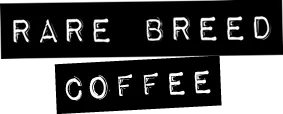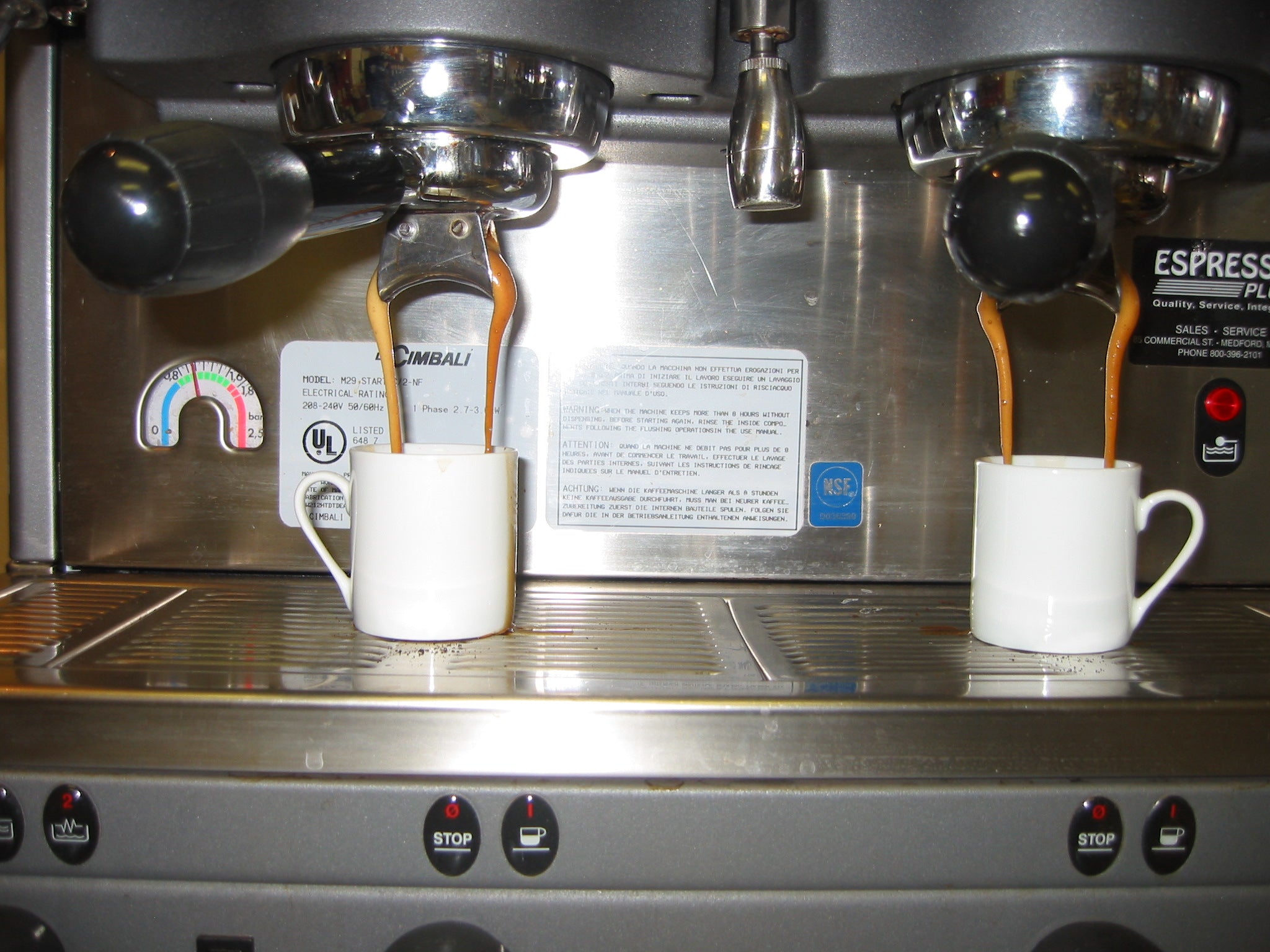MANE Conference: Espresso Extraction
Members of the A&E Coffee Roastery & Tea wholesale team traveled down to Providence RI to attend the MANE Coffee Conference. They took extensive notes and compiled them to share. NOTE, a few rabbit holes may be explored, but who does not like to get caught up in the nerding out of coffee once in a while.
Espresso Extraction
In this lecture/workshop, Rachel sat through a short lecture on espresso, and then hit the machines hard playing with all the variables. She walked away with a strong knowledge on how the variables interact, and how to manipulate them to get the desired end result…a great tasting espresso beverage. But, before delving into the specifics of her trials, let’s talk about what what makes espresso an espresso.
Espresso is not spelled “eXpresso”; it is not a type of roast, flavor or particular blend. It is not grown in Italy. Espresso is a specific preparation of extraction using a unique type of machine. Any coffee can be used, but some make a better tasting drink than others. Espresso is a 0.8-1.2 fl-oz (single shot) beverage that is prepared from 7-9 (18 for a double) grams of coffee through which clean water of 192 – 198F has been forced at 9-10 atmospheres of pressure, where the grind of the coffee has made the brewing “flow” time approximately 22-28 (25-30 for a double) seconds. While brewing, the flow of Espresso will appear to have the viscosity of warm honey, will display characteristic tiger stripes while pouring, and the resulting beverage will exhibit a thick dark gold cream foam (“crema”) topping. Espresso is usually prepared specifically for, and immediately served to its intended consumer.
You need five things to make a good espresso: good coffee, an espresso grinder, obviously the espresso machine, someone to make the drink, and good quality water.
Finally, there are 13 steps in preparing a constant shot of espresso. We always recommend pulling only double shots.
-
13 Steps to pull a good shot
- remove portafilter from group head
- wipe basket clean and dry
- fill basket to desired dose and distribute
- tamp lightly to level grounds
- tamp firmly : 30-35# pressure
- clean loose grounds from portafilter: top and bottom
- purge grouphead
- insert in the grouphead
- start the pull immediately
- observe the flow: liquid volume should be within spec.
- serve or combine with other ingredients
- remove portafilter and knockout spent puck
- rinse portafilter and flush grouphead
Dialing in Espresso: Below are Rachel’s notes from her class at MANE. The key is to set one constant, such as dose. Then play with extraction time or grind level to see how they affect the flavor. Many cafes are using scales to weight both the dose going into the portafilter, as well as the extracted espresso weight to consistency.
- coffee beans are 30% water soluble
- our goal is 18%-20% extraction
- under extracted = bitter, short, or pulls too fast
- over extracted = thin, dry aftertaste
- Four components to pay attention to when tasting
- 1) acidity
- 2) body
- 3) flavor
- 4) aftertaste
- Extraction exercise using George Howell Ethiopian
- Three parameters
- 1) 17g dose
- 2) 19g dose
- 3) 21g dose
- constant variable = time (22s-27s)
- adjust grind as needed, using visual cues
- Three parameters
- Outcomes/Take aways
- balancing flavor clarity and body
- dose effects complexity & body
- in some cases, a higher dose will stand up to milk better than a lower dose
- training baristas
- three shots to dial in
- thoughtful adjustments
- palate development is crucial
-
- taste each others shots & talk about them
- communication!
-
- scale for weighing dose — CJ-4000


